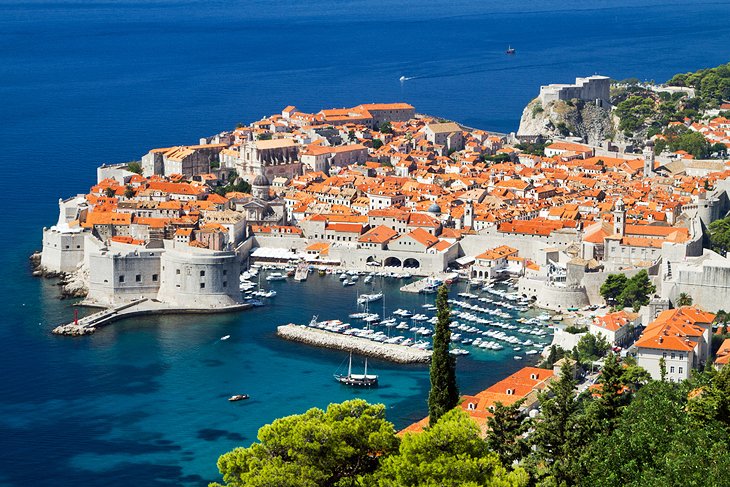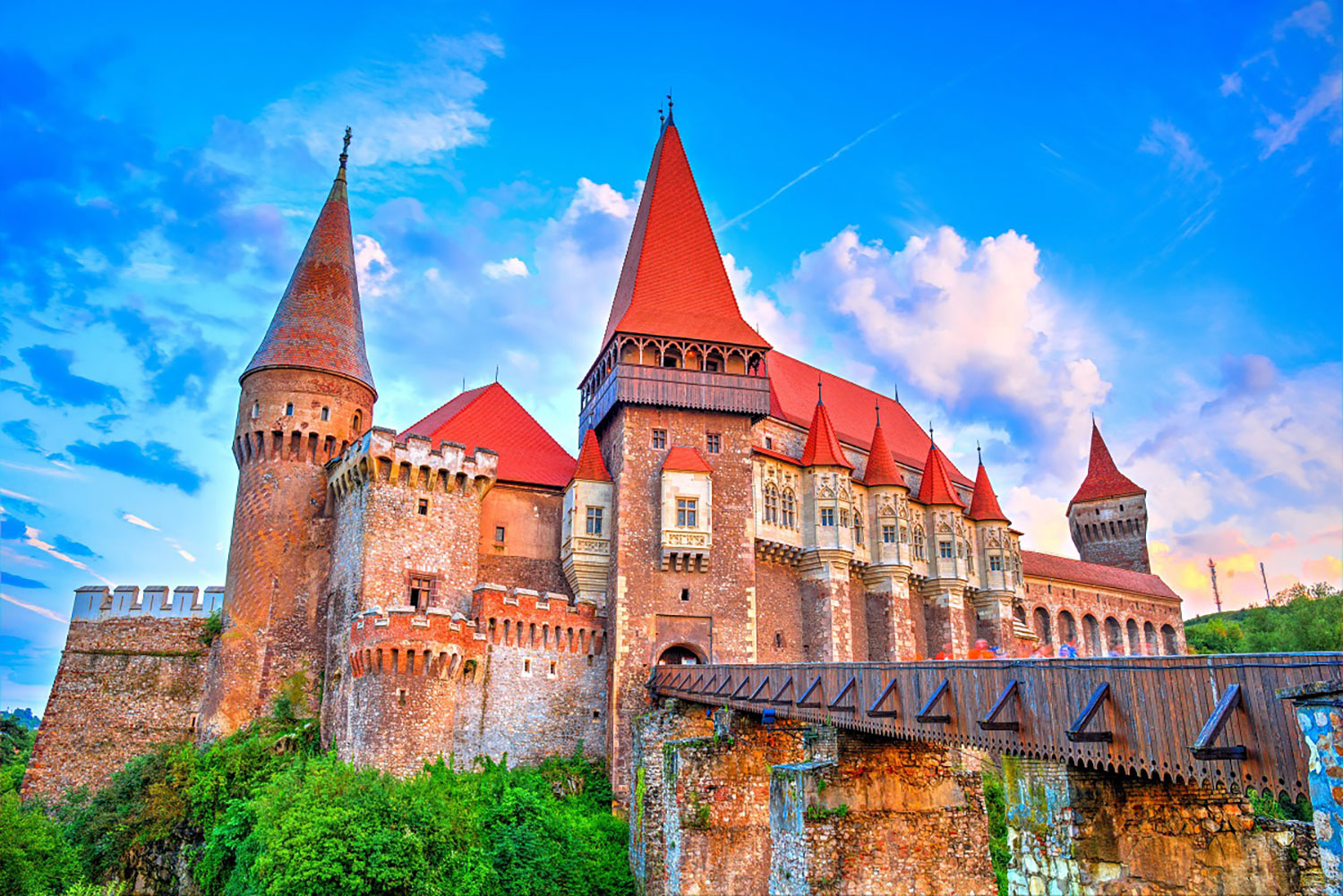Zagreb's Gornji Grad
.jpeg)
One of the districts of Zagreb, Croatia, is called Gornji Grad–Medveščak. The name Gornji Grad means "Upper Town" because of its historical position on the city's hillside, above Donji Grad ("Lower Town"). Situated in the city's center, the district is home to 30,962 people, who are dispersed throughout 10.19 km2 (3.93 sq mi), according to the 2011 census.There are many historical landmarks and tourist attractions in the Gornji Grad–Medveščak area. This region includes Gradec and Kaptol, the two separate medieval Zagreb centers that make up today's Upper Town. Gornji Grad is home to the Croatian Parliament, the city's cathedral, and the well-known pedestrian café strip Tkalčićeva. Other notable items may be found outside of the oldest historical towns, like the city's imposing cemetery, Mirogoj, which is farther north and was constructed since 1876.Four additional districts border it: Črnomerec to the west, Maksimir to the east, Podsljeme to the north, and Donji Grad to the south.Gornji Grad's most significant arterial route, Medveščak, runs between its southern and northern borders. It begins as a little Ribnjak street next to the Ribnjak park, widens and changes its name to Medveščak street until Gupčeva zvijezda, and then changes its name once again to Ksaver in the north.
For Medveščak, the road serves as the primary tram connection (lines 8 and 14). Numerous more significant tram lines that run along Ilica, Jurišićeva, and Vlaška streets connect the district to its southern limits. The steep and sparserly inhabited northern regions are traversed by a number of less regular (every 20 to 45 minutes) bus routes, while Lower and Upper town are connected by the brief historic Zagreb funicular.The medieval Gornji Grad (Upper Town) quarter is the primary destination for tourists visiting Zagreb. Popular tourist destinations here include the Croatian Parliament (Hrvatski sabor), the cathedral with its neo-Gothic façade and twin steeples, and the treasury with its extensive collection of religious relics.
The 13th-century Tower of Lotrscak, which you may climb for amazing views of the city and the surroundings, and the Church of St. Mark, with its well-known colored tiled roof, are both worth seeing. Don't forget to visit the beloved Museum of Broken Relationships, which is the favorite of most people.The Upper Town, or medieval Gornji Grad, district is the primary destination for tourists visiting Zagreb. The Croatian Parliament (Hrvatski sabor) and the cathedral, with its neo-Gothic façade and twin steeples, as well as the treasury, with its extensive collection of religious objects, are famous tourist destinations here.
The Upper Town of Zagreb, also known as Gornji Grad, is the most gorgeous area in the city and a medieval historic district. It is distinguished by its beautiful cobblestone alleys, red tiled roofs, charming medieval squares, and vibrant café culture. The Gothic Zagreb Cathedral of the Assumption, which is situated atop Kaptol Hill, is the most well-known landmark in the Upper Town. Other noteworthy features include the mosaic-roofed St. Mark's Church, the Zagreb City Museum, the Lotrscak Tower, which dates back to the 13th century and has been firing its canons daily at noon since the 19th century, the Stone Gate (Kamenita Vrata), which marks the entrance to the eastern side of Gradec Town, Kaptol Square, which is renowned for its numerous early 17th-century buildings, and the colorful Dolac fruit and vegetable market. Sheraton Zagreb Hotel
By Admin
19 May 2025
.jpeg)




